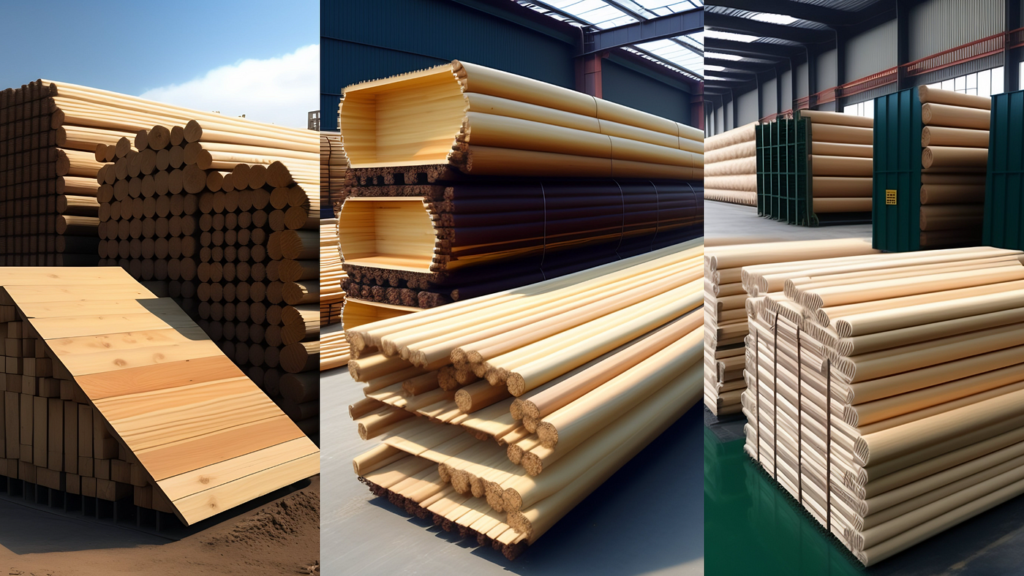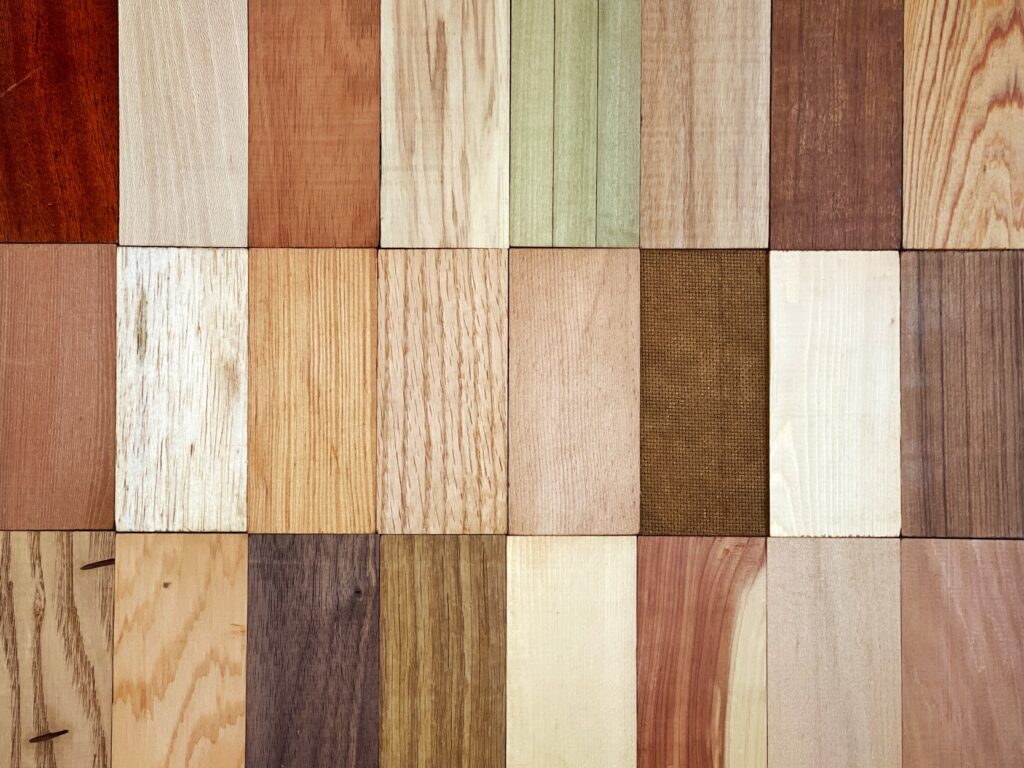Wood is a versatile and timeless material that has been used for centuries in a wide range of applications, from furniture making to construction and beyond. Each species of wood has its own unique characteristics, including color, grain pattern, density, and workability, making it important to choose the right wood for your projects. In this article, we’ll explore the world of wood species, providing insights and guidance to help you select the perfect wood for your next woodworking project.
Understanding Wood Species

Wood species can be broadly categorized into two main types: hardwoods and softwoods. Hardwoods come from deciduous trees (trees that lose their leaves seasonally), while softwoods come from evergreen trees (trees that retain their leaves year-round). Within these categories, there are hundreds of different species, each with its own distinct qualities and properties.
Hardwoods:
Hardwoods are prized for their strength, durability, and aesthetic appeal. They are commonly used in furniture making, cabinetry, flooring, and decorative woodworking projects. Some popular hardwood species include:
- Oak: Oak is known for its strength and durability, making it a popular choice for furniture and flooring. It has a prominent grain pattern and ranges in color from light tan to medium brown.
- Maple: Maple is prized for its fine texture and smooth grain. It is commonly used in cabinetry, flooring, and musical instruments. Maple is available in a variety of colors, including light blond, reddish-brown, and dark brown.
- Cherry: Cherry is prized for its rich color and smooth texture. It is often used in furniture making and decorative woodworking projects. Cherry wood starts out with a light pinkish hue and darkens to a deep reddish-brown over time.
- Walnut: Walnut is valued for its rich, dark color and attractive grain pattern. It is commonly used in furniture making, cabinetry, and decorative woodworking projects. Walnut ranges in color from light brown to dark chocolate brown.
Softwoods:
Softwoods are valued for their affordability, ease of workability, and availability. They are commonly used in construction, framing, and outdoor projects. Some popular softwood species include:
- Pine: Pine is one of the most widely used softwoods due to its affordability and versatility. It is commonly used in construction, furniture making, and decorative woodworking projects. Pine has a light color with a straight grain pattern.
- Cedar: Cedar is prized for its natural resistance to decay and insects, making it an ideal choice for outdoor projects such as decks, fences, and siding. It has a distinctive aroma and a reddish-brown color with a straight grain pattern.
- Spruce: Spruce is valued for its strength and stiffness, making it suitable for structural applications such as framing and sheathing. It has a light color with a straight grain pattern and is commonly used in construction and woodworking.
Choosing the Right Wood for Your Project

When selecting wood for your projects, there are several factors to consider:
- Appearance: Consider the color, grain pattern, and overall appearance of the wood. Choose a wood species that complements the style and aesthetic of your project.
- Durability: Consider the intended use of the project and select a wood species that is suitable for its intended environment. For example, if you’re building outdoor furniture, choose a wood species that is resistant to decay and insects.
- Workability: Consider the ease of working with the wood and whether it is suitable for your skill level and the tools you have available. Some woods are harder and more difficult to work with, while others are softer and easier to shape and manipulate.
- Cost: Consider your budget and choose a wood species that fits within your price range. Some exotic or rare woods can be quite expensive, while more common species are more affordable.
Choosing the right wood species is essential for the success of your woodworking projects. By understanding the characteristics and properties of different wood species, you can select the perfect wood for your project based on appearance, durability, workability, and cost. Whether you’re building furniture, cabinetry, or decorative woodworking projects, the right wood species will ensure that your finished project is not only beautiful but also durable and long-lasting. So take the time to explore the world of wood species and discover the perfect wood for your next woodworking adventure.
